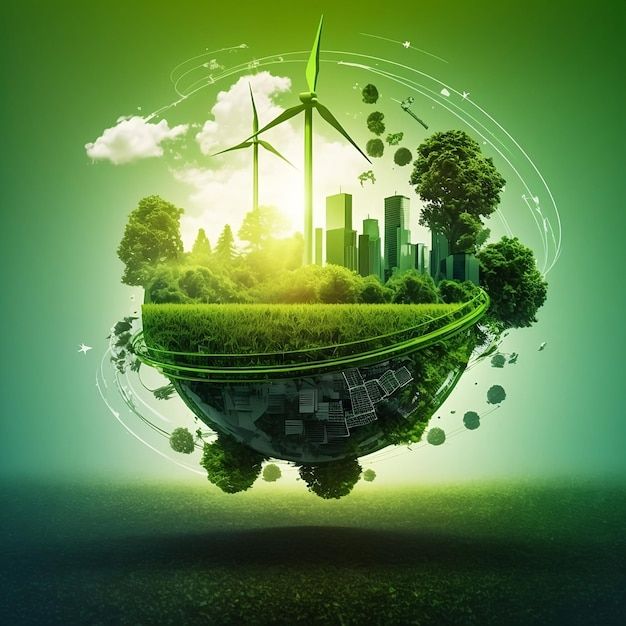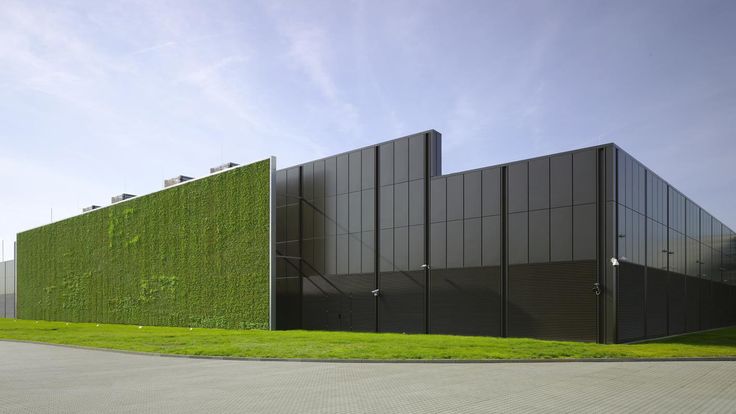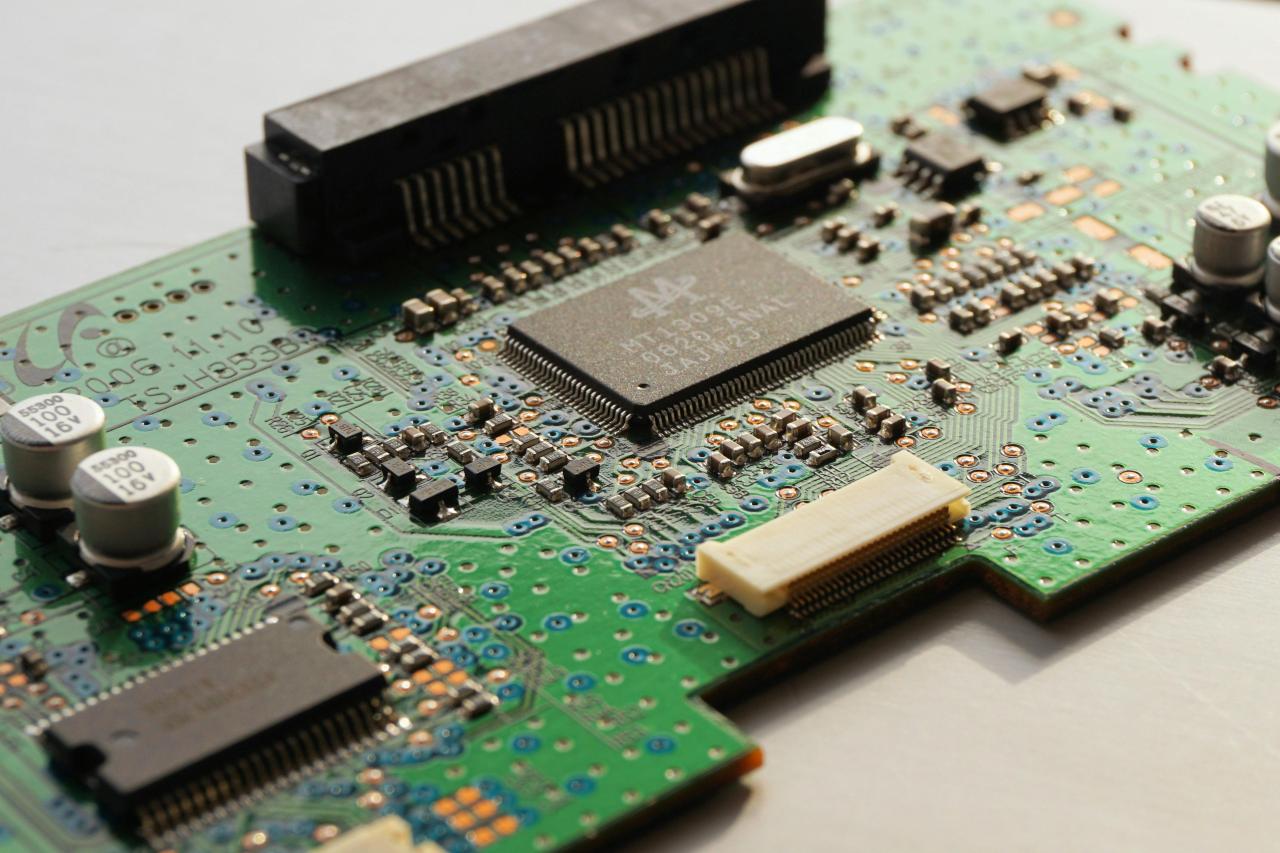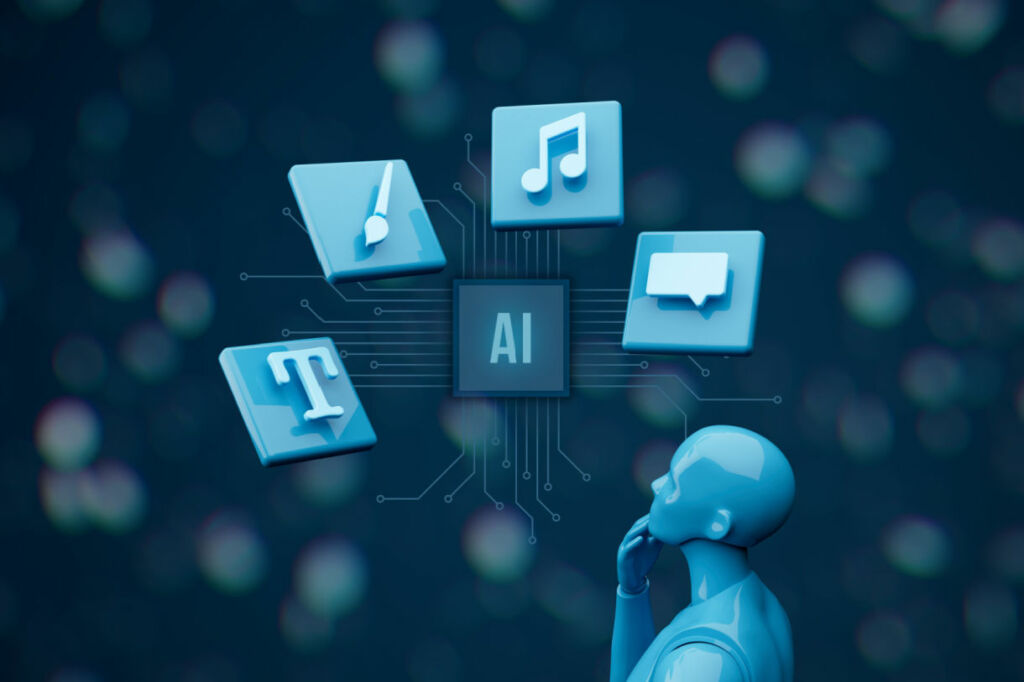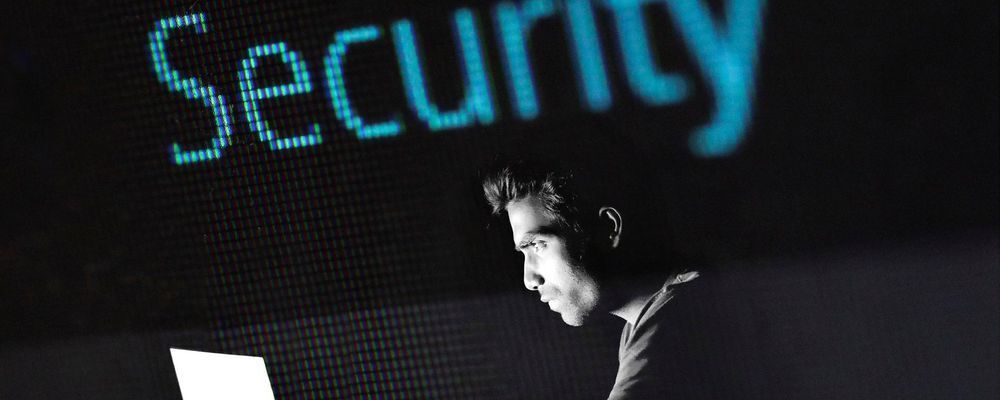The digital age has brought unprecedented connectivity and convenience, but it also casts a significant environmental shadow. As data proliferates and our reliance on technology deepens, the energy consumption of IT infrastructure, particularly data centers, has become a pressing concern. This challenge, however, has given rise to an innovative and essential movement: Green IT. This paradigm shift is not merely about being environmentally conscious; it’s a strategic imperative that offers substantial financial, reputational, and operational benefits for businesses worldwide.
The Environmental Footprint of Digitalization
Before delving into solutions, it’s crucial to understand the scale of the problem. Every click, every stream, every search query contributes to a vast, invisible energy demand. Data centers, the physical backbone of the internet, are notorious energy guzzlers, consuming vast amounts of electricity not only for their IT equipment but also for cooling systems essential to prevent overheating.
Imagine a large data center: rows upon rows of humming servers, each drawing power, each generating heat. To keep these machines functioning optimally, powerful cooling systems — often relying on energy-intensive chillers and air conditioners — are continuously at work. The result is a significant carbon footprint, contributing to greenhouse gas emissions and accelerating climate change. Beyond energy consumption, the sheer volume of electronic waste (e-waste) generated from discarded IT equipment poses another severe environmental threat. Toxic materials like lead, mercury, and cadmium leach into soil and water, contaminating ecosystems and posing health risks.
Why Green IT Matters: Beyond Environmentalism
While environmental stewardship is a noble goal in itself, the adoption of Green IT strategies is increasingly driven by a confluence of factors that directly impact a business’s bottom line and long-term viability.
A. Cost Reduction and Operational Efficiency
One of the most immediate and tangible benefits of Green IT is cost savings. Energy consumption is a significant operational expenditure for any organization with substantial IT infrastructure. By optimizing energy use, businesses can dramatically reduce their electricity bills. This includes:
- Server Virtualization: Consolidating multiple virtual servers onto fewer physical machines reduces the number of active servers, leading to lower power consumption and less heat generation.
- Efficient Cooling Systems: Implementing advanced cooling techniques, such as free cooling (using outside air) or liquid cooling, can significantly cut down on the energy required for climate control.
- Power Management Features: Utilizing power-saving modes and intelligent power distribution units (PDUs) ensures that power is only used when and where it’s needed.
- Consolidated Hardware: Upgrading to newer, more energy-efficient hardware often means that less equipment is needed to perform the same tasks, further reducing energy draw.
Beyond energy, optimizing IT asset lifecycles through responsible recycling and refurbishment can also lead to cost savings by reducing waste disposal fees and potentially generating revenue from salvaged materials.
B. Enhanced Brand Reputation and Customer Loyalty
In an era of increasing environmental awareness, consumers and business partners alike are scrutinizing corporate responsibility. Companies that demonstrate a genuine commitment to sustainability often enjoy:
- Improved Public Image: Being recognized as an environmentally responsible organization can significantly enhance brand perception.
- Increased Customer Attraction: A growing segment of consumers prefers to do business with companies that align with their values, including environmental protection.
- Better Investor Relations: Sustainable practices are increasingly viewed as indicators of sound management and long-term resilience by investors.
Conversely, a reputation for environmental neglect can lead to negative press, boycotts, and a loss of trust among stakeholders.
C. Regulatory Compliance and Risk Mitigation
Governments worldwide are implementing stricter environmental regulations and energy efficiency standards for IT equipment and data center operations. Adopting Green IT practices helps businesses:
- Avoid Fines and Penalties: Non-compliance with environmental laws can result in hefty financial penalties and legal repercussions.
- Proactive Preparedness: Staying ahead of emerging regulations ensures smoother transitions and avoids last-minute, costly overhauls.
- Reduced Operational Risk: A more efficient and sustainable IT infrastructure is often more resilient, less prone to breakdowns caused by overheating, and better equipped to handle power fluctuations.
D. Employee Morale and Recruitment
A company’s commitment to sustainability can also be a powerful tool for attracting and retaining talent, particularly among younger generations who prioritize social and environmental responsibility. Employees are often proud to work for organizations that demonstrate ethical practices, leading to higher morale and reduced turnover.
Key Pillars of Green IT Implementation
Achieving a truly green IT infrastructure requires a holistic approach, addressing various aspects of technology deployment and management.
A. Energy-Efficient Hardware and Infrastructure
The foundation of Green IT lies in the hardware itself.
- Energy Star Certified Equipment: Prioritizing equipment with Energy Star certification ensures a higher standard of energy efficiency. This applies to servers, storage devices, networking equipment, monitors, and even power supplies.
- Modular and Scalable Designs: Choosing hardware that can be easily upgraded or expanded in modules reduces the need for complete replacements, extending equipment lifespan.
- Solid State Drives (SSDs): Replacing traditional Hard Disk Drives (HDDs) with SSDs can significantly reduce power consumption due to their lack of moving parts and faster data access.
- High-Efficiency Power Supplies: Investing in power supplies with higher efficiency ratings (e.g., 80 Plus Platinum) minimizes energy loss during power conversion.
B. Virtualization and Cloud Computing
These two technologies are arguably the biggest game-changers in the Green IT landscape.
- Virtualization: By abstracting the operating system and applications from the underlying physical hardware, virtualization allows multiple virtual machines (VMs) to run on a single physical server. This dramatically increases server utilization rates, reducing the total number of physical servers needed, thereby cutting power consumption, cooling requirements, and physical space.
- Cloud Computing: Leveraging public or private cloud services offers significant environmental advantages. Cloud providers often operate massive, highly efficient data centers with economies of scale that individual businesses cannot achieve. They implement advanced cooling, power management, and server utilization techniques. By moving IT operations to the cloud, organizations can reduce their on-premise energy footprint, shift the burden of infrastructure management, and often benefit from the cloud provider’s renewable energy commitments.
C. Efficient Cooling Strategies
Cooling is a massive energy drain in data centers. Innovative approaches are critical.
- Hot/Cold Aisle Containment: Separating hot exhaust air from cold intake air prevents mixing, allowing cooling systems to operate more efficiently.
- Free Cooling: Utilizing ambient outdoor air (when temperatures permit) to cool data centers, significantly reducing the need for energy-intensive mechanical chillers. This is particularly effective in cooler climates.
- Liquid Cooling: Directly cooling server components with non-conductive liquids is far more efficient than air cooling, enabling higher server densities and lower energy consumption. This can range from immersion cooling to direct-to-chip liquid cooling.
- Optimized Airflow Management: Sealing unused rack spaces, properly routing cables, and strategically placing floor tiles can prevent hot spots and ensure that cold air reaches where it’s most needed.
- Higher Operating Temperatures: Modern IT equipment is designed to operate safely at higher temperatures than previously thought. Increasing the ambient temperature slightly can drastically reduce cooling energy consumption without impacting performance or reliability.
D. Power Management and Monitoring
Intelligent power management is essential for minimizing waste.
- Intelligent Power Distribution Units (PDUs): These devices monitor power consumption at the rack or even individual outlet level, allowing for granular control and identification of inefficient devices.
- Automated Power-Saving Modes: Configuring servers and devices to enter low-power states during periods of inactivity can yield substantial savings.
- Energy Audits: Regular audits identify areas of excessive power consumption and pinpoint opportunities for optimization.
- Renewable Energy Integration: Sourcing electricity from renewable sources like solar, wind, or hydropower directly reduces the carbon footprint associated with IT operations. While not always feasible for every organization to generate their own power, purchasing renewable energy credits (RECs) or opting for green energy tariffs from utility providers is a viable alternative.
E. Responsible E-Waste Management
The lifecycle of IT equipment doesn’t end with its disposal; it begins another chapter.
- Extended Product Lifespans: Choosing durable, repairable equipment and maintaining it properly can significantly extend its useful life, delaying disposal.
- Refurbishment and Reuse: Instead of discarding old equipment, explore options for refurbishing and reusing it internally or donating it to non-profit organizations.
- Certified Recycling Programs: When equipment reaches its end-of-life, ensure it’s sent to certified e-waste recyclers who can safely dismantle it and recover valuable materials while responsibly disposing of hazardous components. Look for certifications like R2 (Responsible Recycling) or e-Stewards.
- Circular Economy Principles: Embracing a circular economy model where resources are kept in use for as long as possible, extracting maximum value from them, then recovering and regenerating products and materials at the end of service life.
F. Sustainable Software Development
Green IT isn’t just about hardware; software plays a crucial role too.
- Efficient Code: Writing optimized, lean code that requires fewer processing cycles can reduce the energy demand of applications.
- Resource Management: Designing software to efficiently manage memory, CPU, and storage resources prevents unnecessary energy consumption.
- Algorithmic Efficiency: Choosing algorithms that solve problems with minimal computational effort contributes to overall energy savings.
- Smart Scheduling: Developing applications that can batch processes or run intensive tasks during off-peak hours can leverage lower energy costs and potentially more renewable energy availability.
The Future of Sustainable IT
The trajectory of Green IT points towards increasingly sophisticated and integrated solutions.
- Artificial Intelligence and Machine Learning for Optimization: AI is being leveraged to predict energy demand in data centers, optimize cooling systems in real-time, and even dynamically allocate workloads to the most energy-efficient servers.
- Decentralized Edge Computing: While potentially increasing the number of physical locations, edge computing can reduce the energy expended on long-distance data transmission by processing data closer to its source, leading to overall efficiency gains for certain applications.
- Carbon-Aware Computing: New initiatives are focusing on scheduling computational tasks to run when renewable energy sources are most abundant and carbon intensity of the grid is lowest.
- Advanced Materials and Manufacturing: Research into more sustainable materials for IT equipment and greener manufacturing processes will further reduce the environmental impact throughout the product lifecycle.
- Water Conservation: As data centers consume vast amounts of water for cooling, innovations in water-efficient cooling systems and the use of recycled or non-potable water sources are becoming critical.
Challenges and the Path Forward
Despite the clear benefits, implementing Green IT strategies can present challenges. Initial investments in new, energy-efficient hardware or cooling systems can be substantial. The complexity of integrating new technologies into existing infrastructure can also be daunting. Furthermore, cultural resistance to change within organizations can hinder adoption.
However, the long-term returns on investment, coupled with increasing regulatory pressure and societal expectations, make the transition to Green IT not just an option, but a necessity. The path forward involves:
- Strategic Planning: Integrating Green IT objectives into overall business strategy, rather than viewing them as an afterthought.
- Holistic Assessment: Conducting comprehensive audits of current IT infrastructure to identify energy hotspots and areas for improvement.
- Phased Implementation: Breaking down the transition into manageable stages, focusing on quick wins that demonstrate immediate ROI.
- Employee Engagement: Educating and involving employees at all levels in sustainability initiatives fosters a culture of environmental responsibility.
- Collaboration: Working with vendors, industry consortia, and even competitors to share best practices and drive innovation in sustainable IT.
Green IT is no longer a niche concept; it is an essential component of responsible business operations in the 21st century. By embracing sustainable data solutions, organizations can not only protect the planet but also build more resilient, cost-effective, and reputable IT infrastructures for the future. The emergence of these solutions marks a crucial step towards a truly sustainable digital world.


